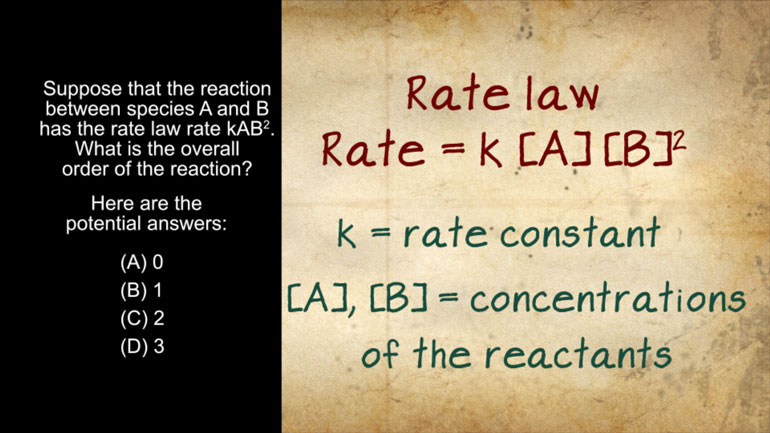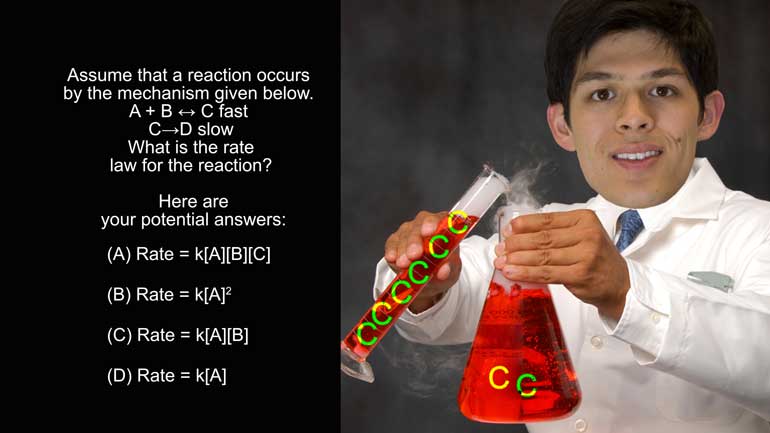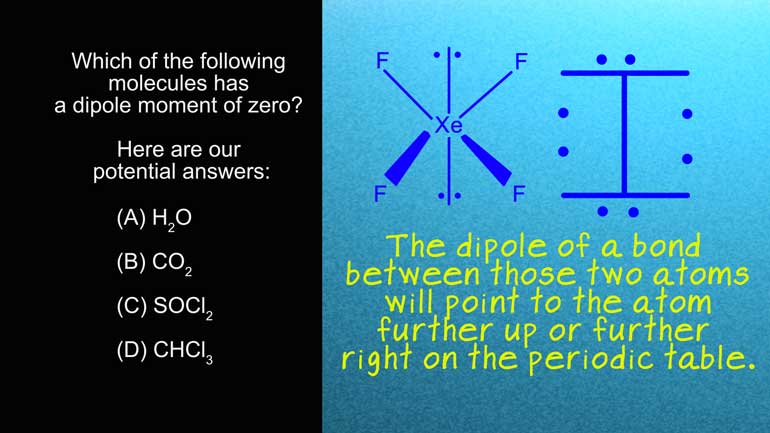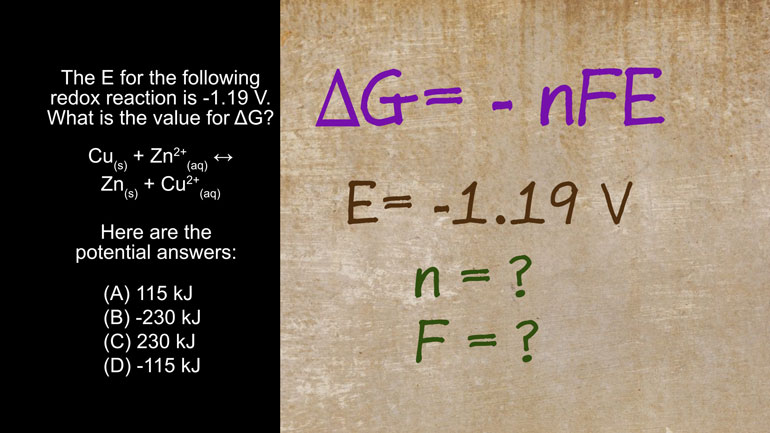ShmoopTube
Where Monty Python meets your 10th grade teacher.
Search Thousands of Shmoop Videos
AP Chemistry 1.1 Forming and Breaking Bonds 37 Views
Share It!
Description:
AP Chemistry 1.1 Forming and Breaking Bonds. Find the conjugate base.
Transcript
- 00:04
And here's your Shmoop du jour, brought to you by baking soda.
- 00:08
Its use in your bread is… on the rise. Okay, here's today’s question. [Bread expands out of microwave]
- 00:12
In our bodies, we have a buffering system to keep our pH at a certain level. This buffering
- 00:16
system uses carbonate and bicarbonate ions. What is the conjugate base of the bicarbonate
- 00:22
ion, HCO3- in water?
Full Transcript
- 00:27
And here are your potential answers.
- 00:32
Sodium bicarbonate is the active ingredient in baking soda, and it’s what causes bread [People scared of bread expanding from a microwave]
- 00:37
to rise. Or to take over your oven and become some
- 00:40
sort of crazy dough monster. Hypothetically… For this question, we need to consider the [Acid and Base appear at a table]
- 00:45
acid-base chemistry of the bicarbonate ion.
- 00:48
Specifically, we want to know the conjugate base of this species.
- 00:51
Acids and bases react to form their conjugate partners. [Acid and base getting married]
- 00:54
When an acidic species H A reacts with a base B by donating a proton, it becomes its conjugate
- 01:00
base, A-.
- 01:01
On the other hand, when a basic species B reacts with an acid H A by accepting a proton, [Base accepting proton]
- 01:07
it becomes its conjugate acid, HB+.
- 01:09
And then it goes to Starbucks for a pumpkin spice latte. [Base drinking a starbucks latte]
- 01:13
Get it? Basic? Heh.
- 01:15
Anyway, we need to know what happens when bicarbonate acts as an acid, and thus becomes [Bicarbonate jumping on a sofa]
- 01:20
its conjugate base. To act as an acid, it must lose a proton.
- 01:24
Don’t forget that when we split up this ionic species, we have to consider the resulting [Ionic species split in half]
- 01:28
charges.
- 01:30
Our entire bicarbonate species has a -1 charge. Our proton, H+, has a +1 charge.
- 01:37
That means that the CO3 species must have a -2 charge, as the sum of the charge on this
- 01:43
and the proton must equal the overall charge on the entire bicarbonate ion.
- 01:47
So we can see that our conjugate base is CO32-.
- 01:51
So C is the correct answer. And if you understood all that, then you definitely [Girl eating a cake]
- 01:55
deserve some kind of baked good. We recommend cookies, but whatever floats
- 01:59
your boat.
- 02:00
- 02:01
- 02:02
Up Next
AP Chemistry 1.3 Chemical Reaction Rates. What is the overall order of the reaction?
Related Videos
AP Chemistry 1.4 Chemical Reaction Rates. What are the correct units for a second order rate constant?
AP Chemistry 1.5 Chemical Reaction Rates. What is the rate law for the reaction?
AP Chemistry 3.2 Laws of Thermodynamics. What is the value for ΔG?




